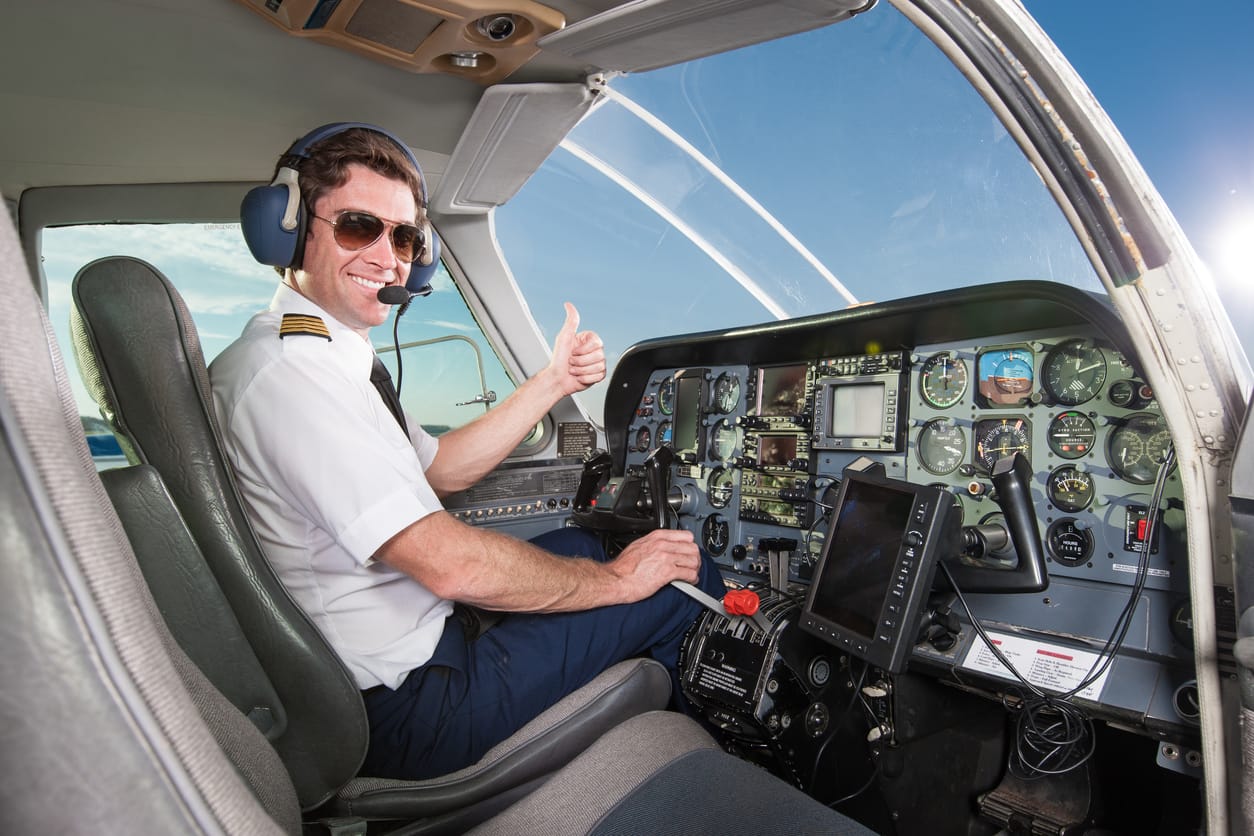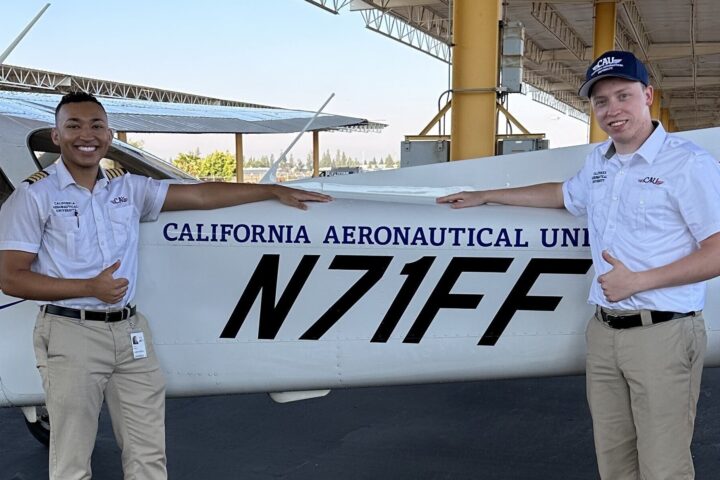It’s no secret that aviation is currently experiencing the first pangs of a worldwide pilot shortage, one which will deepen as time goes on. It is felt everywhere from the military to corporate aviation, particularly in Asia and the Pacific. The shortage will impact the entire industry for years to come. Not only is the shortage felt in the form of canceled flights and a need for flight instructors, but eventually, it could, for example, cause the collapse of small regional airlines or fractional organizations as they struggle to meet soaring pilot wages while keeping ticket prices and operating costs low.
Student pilots are wise to carefully consider the movements of the industry and carefully consider—if aviation is their career goal—how their choices are affected by the shortage. Like writing or acting, aviation is a “passion career,” one which attracts candidates no matter the wages. But where did such a shortage come from, if aviation jobs were so scarce not too long ago? Here’s a look at the genesis of the pilot shortage.
The Effects of WWII
Surprisingly, the pilot shortage has its roots in World War II, in which a great number of pilots were trained quickly and en masse to fly for the Marines, Navy, and Army. They are the first generation of airline pilots, one which continued in the Korean War. This “pilot bubble” of the late 40s and 50s filled all the available jobs at the time, leading to a problem of slow turnover and lack of career progression. At the same time, the post-WWII “baby boom” created a large generation of future pilots.
The Vietnam War of the late 60s and early 70s created a second military pilot bubble in which early Baby Boomer pilots were trained all at the same. When the Vietnam War ended, that second generation of modern airline pilots all came into the civilian workforce at the same time, taking the place of the retiring WWII generation. More jobs were available at this time due to airline deregulation, which was a terrific asset to the commercial airline industry. These pilots then stayed in these positions, resulting in slow turnover. In the major airlines, it wasn’t unusual for a first officer to remain so for fifteen or twenty years before a position of a captain opened up. There wasn’t a lot of space to enter the industry.
This second generation of airline pilots is now nearing retirement. As the baby boomers and Vietnam era pilots leave the field, a shortage has begun to accelerate. But unlike when the World War II generation retired, there are relatively few young, highly experienced candidates to replace them.
Cost of Training
Many students who wish to become pilots as a career choose to add a college degree to their resume. Some do so concurrently with their flight training. There are many avenues for financing this journey, but it’s no secret that college costs are rising, and a few years ago, a spike in oil prices—one that airlines took advantage of to begin charging customers per bag– caused a concurrent increase in the cost of avgas and training. Although the price of oil has settled, a certain amount of financial planning is still involved to begin private pilot training, let alone continue with an instrument rating, a commercial certificate, and an ATP certificate, all of which are required, with a few rare exceptions, to become a professional pilot.
Although becoming a pilot—and one with a college degree at that—is certainly possible with the help of loans and grants, especially recently. In the past, brand-new pilots were hesitant to jump into the aviation job market. Wary of student loans and the steady progression of ratings and certificates required to stay on track for certain career goals, some aspiring pilots, unfortunately, never started flight training, or chose to keep aviation a hobby while entering another career field.
9/11 and Recession: Historically Low Wages
Pilots who graduated from college or completed pilot training soon after the terrorist attacks of September 11, 2001, were hard pressed to find work. The aviation industry was severely impacted as many passengers began to fear flying, and the economic downturn reduced overall demand for travel, both business and personal. Worse, the collapse of the housing market and the subsequent recession of 2008 was devastating to the pilot job market. Many companies cut flight departments for the sake of optics, and employee travel was curtailed, even at those which used only airlines.
The few jobs which were available paid little to new pilots, most of whom were drowning in heavy student loan payments or still trying to find ways to pay for the latter stages of flight training. In a domino effect, the lack of jobs led to difficulty for low-time pilots finding ways to increase their hours in the air; the expense of flying prevented the compilation of experience. Some regional airlines instituted what was known as “pay to play,” a program in which new pilots paid a fee to work for flights and build time. Due to these punishingly low wages, thousands of potential professional pilots were forced into adjacent careers, such as air traffic control or aeronautical engineering. Others left the field entirely. In the pilot community, the years of 2002-2012 are known as “the Lost Decade.”
Modern Job Market
While the pilot shortage has been caused by multiple factors—like anything in aviation—there are now several fixes on the way. Regional airlines are offering bonuses, retention pay, and better benefits. Some airlines have begun to partner with flight schools, offering assistance with the cost of training and guaranteeing an interview once the pilot attains his or her private certificate. Job fairs and advertising have begun to target high school and college candidates with the object of bringing youth into the pilot pipeline before they are lured to other careers. With many airlines hiring hundreds of pilots and ordering far more jets than usual, several options are open like never before.
Ready to soar in your aviation career?
Mr. Matthew A. Johnston has over 23 years of experience serving various roles in education and is currently serving as the President of California Aeronautical University. He maintains memberships and is a supporting participant with several aviation promoting and advocacy associations including University Aviation Association (UAA), Regional Airline Association (RAA), AOPA, NBAA, and EAA with the Young Eagles program. He is proud of his collaboration with airlines, aviation businesses and individual aviation professionals who are working with him to develop California Aeronautical University as a leader in educating aviation professionals.









